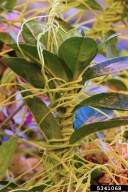
Kim Camilli, Texas A&M Forest Service, Bugwood.org
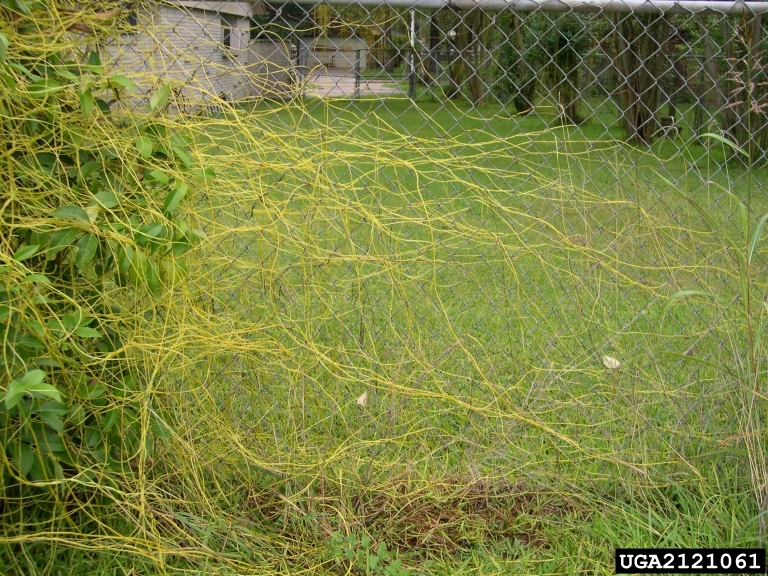
Kim Camilli, Texas A&M Forest Service, Bugwood.org
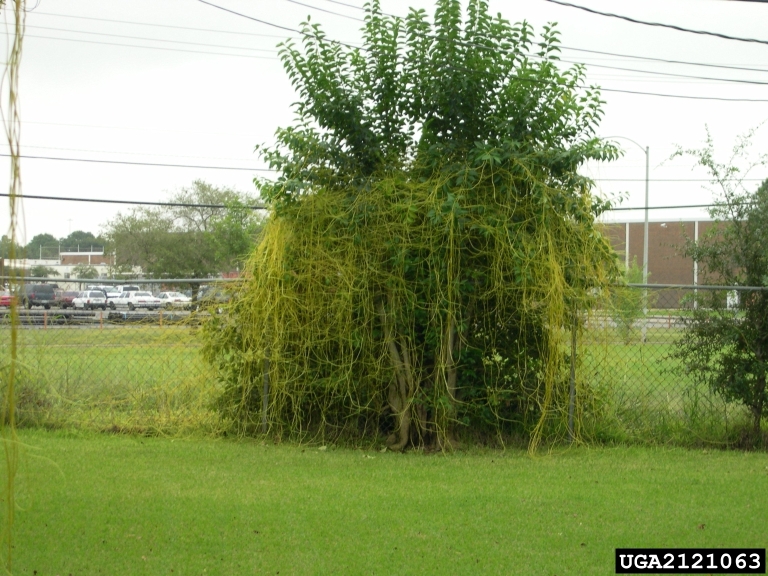
Kim Camilli, Texas A&M Forest Service, Bugwood.org
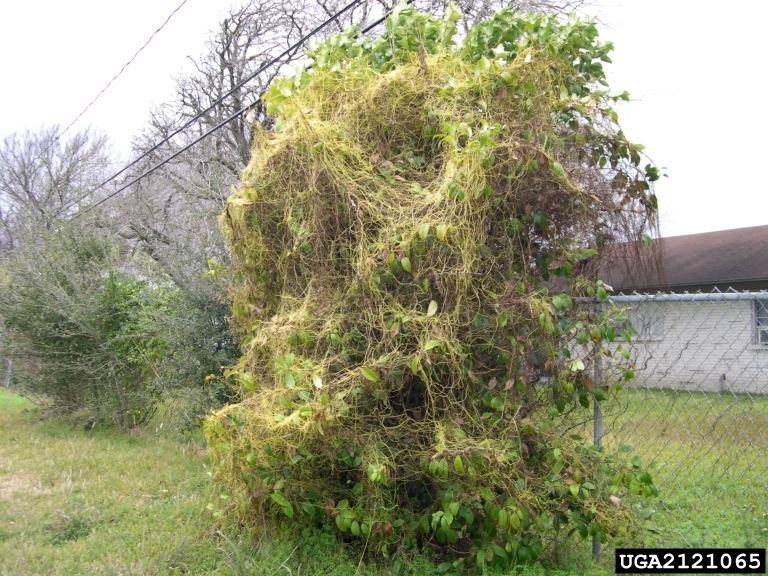
Kim Camilli, Texas A&M Forest Service, Bugwood.org

Kim Camilli, Texas A&M Forest Service, Bugwood.org

Victor Cordova, City of Houston, Urban Forestry Division, Bugwood.org

Victor Cordova, City of Houston, Urban Forestry Division, Bugwood.org

Barry Rice, sarracenia.com, Bugwood.org

Barry Rice, sarracenia.com, Bugwood.org

Barry Rice, sarracenia.com, Bugwood.org
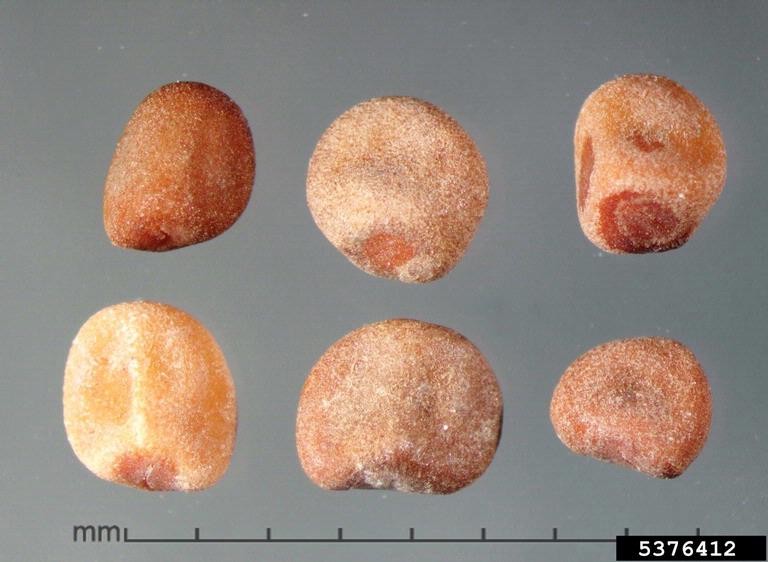
Julia Scher, USDA APHIS PPQ, Bugwood.org

Julia Scher, USDA APHIS PPQ, Bugwood.org







